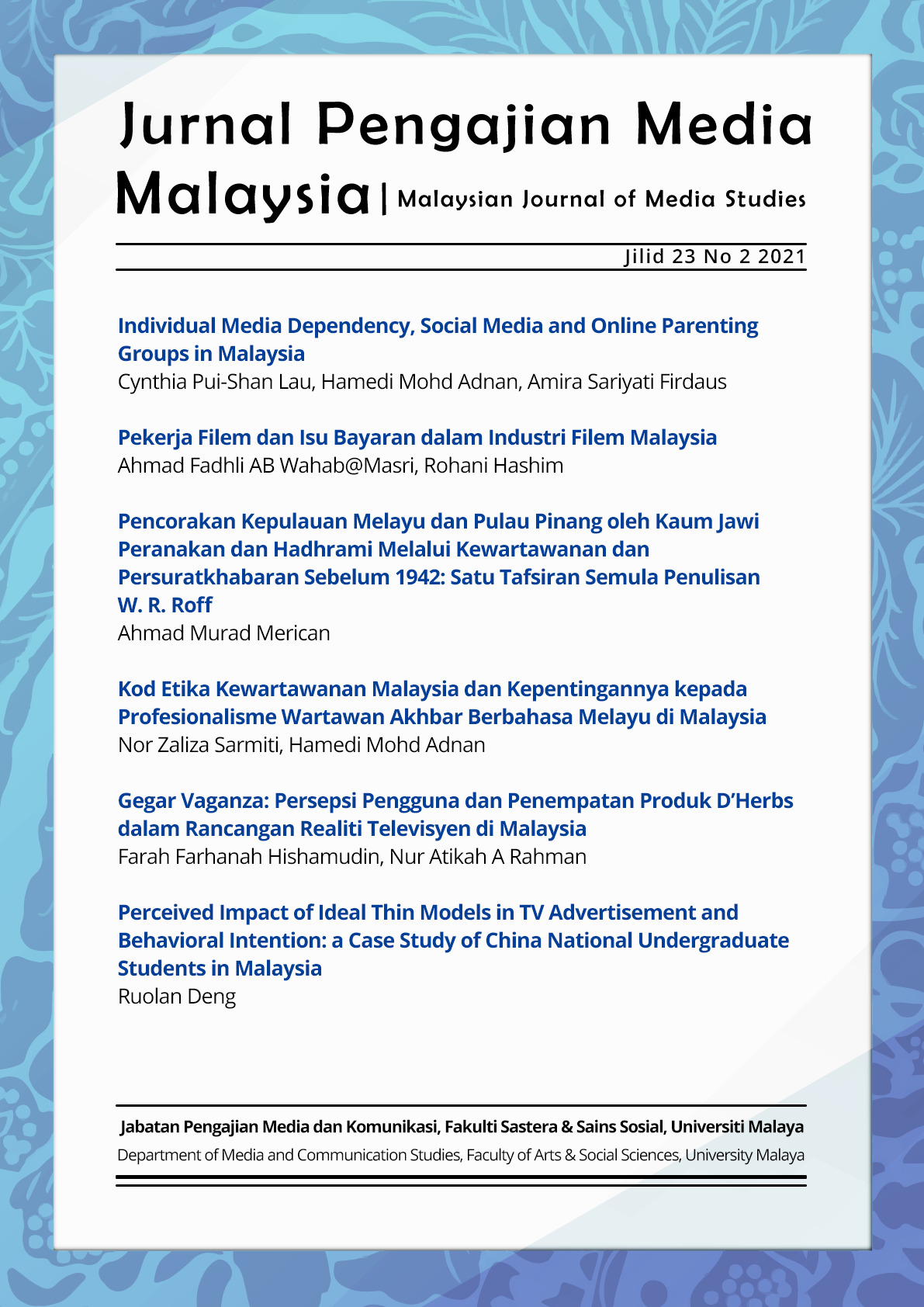Perceived Impact of Ideal Thin Models in TV Advertisement and Behavioral Intention: a Case Study of China National Undergraduate Students in Malaysia
Main Article Content
Abstract
Globally, the influx of Western mass media in non-Western societies has coexisted with the beauty standard of the thin ideal. Therefore, body-image disturbance becomes an emerging issue in Chinese culture as well. Using surveys, this research investigated the perceptual discrepancy between the perceived impact of idealized thin models on self and on others according to the third-person effect theory among mainland Chinese overseas undergraduate female students in Malaysia. It found that respondents perceived that the thin models in TV advertisements exerted a greater impact on others than on themselves. The role of social difference and gender was demonstrated in determining the size of the perceptual gap. This perceptual gap could lead to dieting, excessive exercising, and the likelihood of liposuction undertaking as well as body dissatisfaction. Theoretically, it expands third-person effect theory in body image field in mainland China context. It also gives practical implications to solve body image disturbance among Chinese females.
Downloads
Article Details

This work is licensed under a Creative Commons Attribution 4.0 International License.
